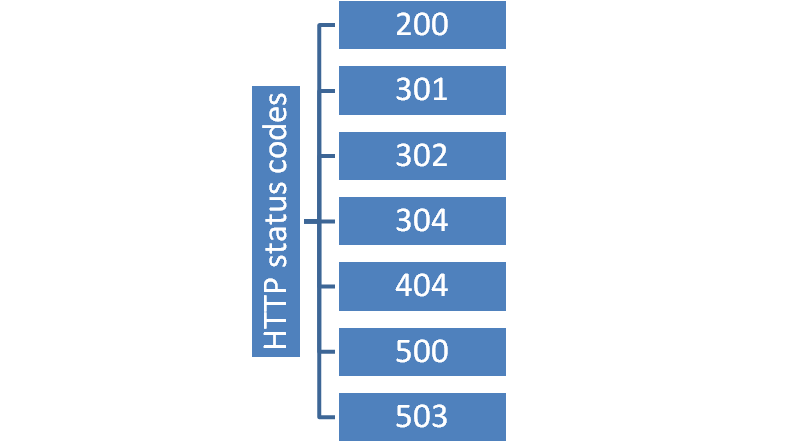
Status codes are in fact vital part of HTTP. Hyper Text Transfer Protocol (HTTP) status codes are three digit numbers which reflect the status of the HTTP requested by a visitor or a search engine to the web host. The numeric response or the status code is a response to this request and provides guidance on how to proceed.
As is known, every web page which one visits returns a status code in order to provide the browser with additional information and instructions. These HTTP status code are seen by Search Bots and have a remarkable impact on the search engine optimization (SEO) strategy of a website.
Here is a list of HTTP status codes which have a big impact on SEO of websites:
200 OK / Success
This is the standard response to a successful HTTP request. In fact the HTTP messages in the 200 series mean that the request was successful in some form or other.
301 Moved Permanently
Whenever this code is reflected it means that the requested URL has been allotted a new URI. Also known as 301 redirect in the SEO jargon, should be used every time one URL needs to be redirected to another one.
302 Found
This status code means that the server is currently responding to the request with a page from a different location, but the requestor continues to use the original location for future requests. The use of this code is not effective way to instruct the search engine bots that a page or a website is moved. It causes search engine crawlers to treat this redirect as temporary and thereby stalls the link juices (ranking power) abilities of 301 redirects. Thus it is not recommended to SEOs to use this code.
304 Not Modified
‘if modified since’ parameter is included in the request header, this code will be returned if the file has not been changed since that date. Usually search engine robots generate a lot of these codes.
In general the 300 series deals with ‘redirection’ – meaning the client must take additional action to complete the request.
404 File Not Found
This status code means that the server did not find the requested file. This can be because either the file has been deleted or never existed in the first place. Wrong spelling of the URLs is one major reason for HTTP status code.
500 Internal Server Error
The 500 series of status codes is reflected whenever the server fails to fulfil an apparently valid request. 500 HTTP status code means that the server has not responded appropriately due to a problem in the Perl Code when a CGI program is run.
503 Service Unavailable
This code means that the server is unable to handle the request because of temporary overloading and or maintenance of the server. This code ensures that the engine knows to come back soon as the page or the website is down only for a small period of time. Thus SEOs can use this code whenever they have to deal with a temporary outage.
The best way to deal with these status codes is to either use 301 redirects and or come up with web optimized 404 Error Pages. The trick is to try as much as you can to avoid the occurrence of codes which will affect the SEO ranking of the website by taking the appropriate action in a time-bound manner.



